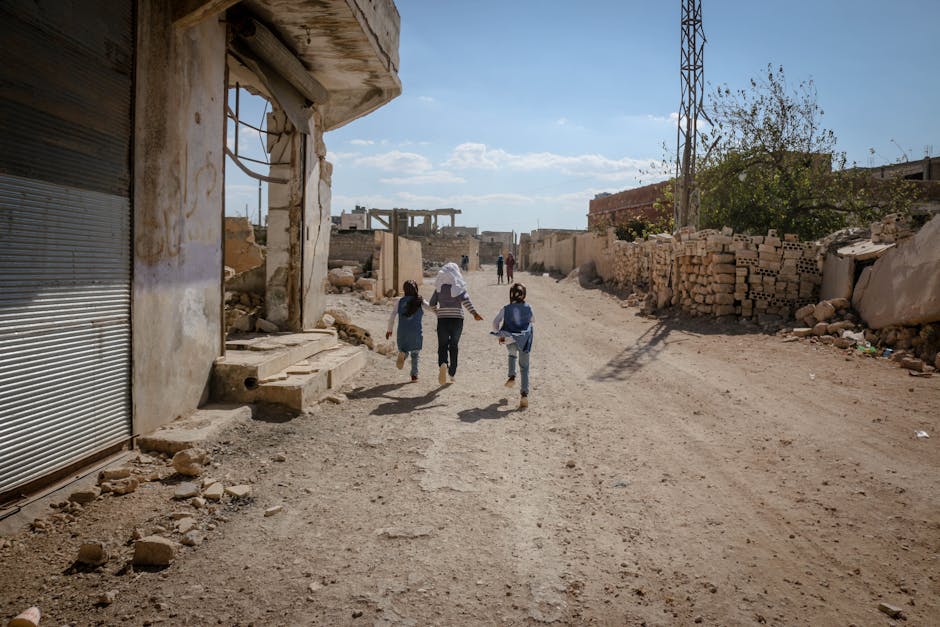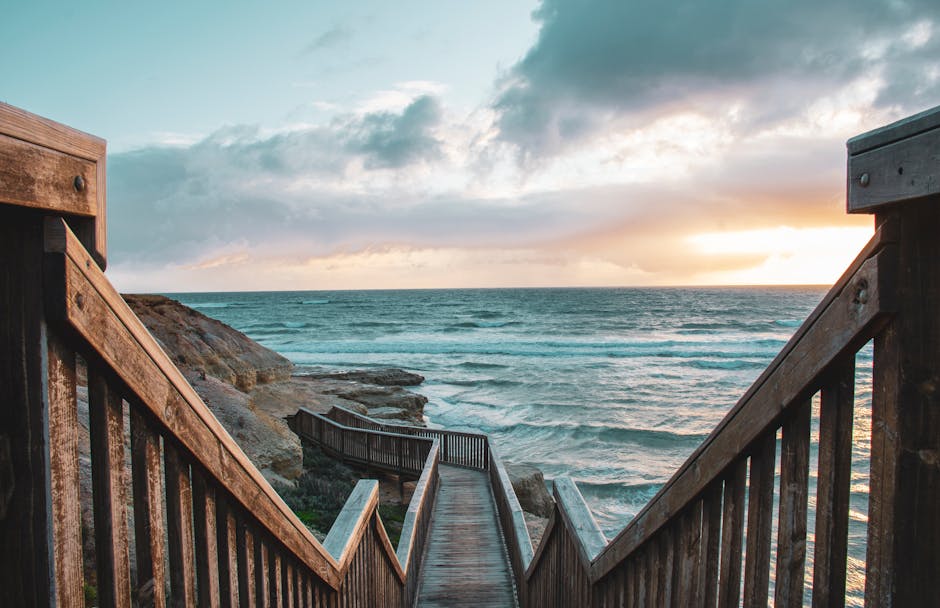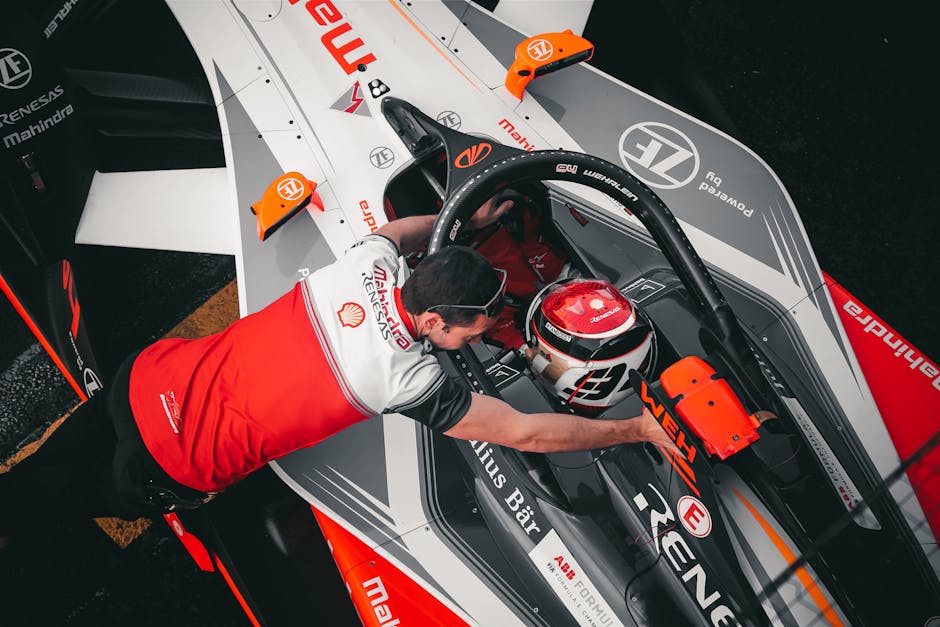The Human Story Behind the Headlines
In the relentless news cycle, Gaza is often reduced to statistics or a geopolitical problem debated from afar. But behind the grainy footage lies a story of human existence at its most raw and desperate edge. It is a story not just of survival, but of the stubborn, almost defiant, act of hoping for a future when the present is an all-consuming nightmare.
Imagine a world where the sky is no longer a canvas for sunrises, but a constant source of dread, humming with the sound of drones. This is the daily reality for over two million people. The symphony of a bustling city—the call to prayer, children’s laughter, the haggling in a market—has been replaced by the cacophony of war. Homes, once sanctuaries filled with memories, are now either rubble or crowded, makeshift shelters where privacy is a forgotten luxury.
The Moment-to-Moment Fight for Survival
The struggle for the present is a series of agonizing, moment-to-moment calculations. For a mother like Fatima, waking up doesn’t mean planning her day; it means planning her family’s survival. The primary mission is the search for essentials that the rest of us take for granted. The quest for clean water involves hours of waiting in a queue, a journey fraught with danger. Finding a loaf of bread or a can of beans feels like a miraculous victory in this humanitarian crisis.
Even with formal education suspended, learning has not stopped. In sprawling tent cities, a teacher might gather a small group of children, using a piece of cardboard as a blackboard to teach the alphabet. It is a small rebellion of normalcy, an insistence that a generation will not be entirely lost to trauma. Doctors and nurses, working in overwhelmed and under-equipped hospitals, perform miracles with dwindling supplies, holding onto the slimmest threads of life. They are not just treating wounds; they are trying to mend the fabric of their community.
Where Hope Becomes an Act of Resistance
This is where the second, more fragile part of Gaza’s story unfolds: the hope for a future.
Hope, in a place like Gaza, is not a grand, optimistic vision. It is a quiet, resilient force found in the smallest of gestures. It is the father who uses a story to distract his child from the sound of a nearby explosion. It is the journalist who risks everything to ensure their stories are not forgotten. It is the young artist who sketches on a piece of debris, drawing a green and peaceful future that, for now, exists only in their imagination.
This hope is a forward-looking memory. People speak of the future by referencing the past—of the homes they meticulously built, the gardens they tended, the businesses they ran. They dream not of riches, but of the simple dignity of a life where their biggest worry was a traffic jam or a child’s grades. They hope for a morning without fear, a night of uninterrupted sleep, and a day where they can once again plan beyond the next hour.
More Than Survival: The Fight for a Tomorrow
The story of Gaza today is a testament to the immense strength of the human spirit. It is about people clinging to their humanity in the most dehumanizing of circumstances. As we watch from a distance, it is crucial to remember this is not just a conflict; it is a profound human crisis. The people of Gaza are not merely trying to survive the day. They are fighting, with every fibre of their being, to hold onto the belief that a tomorrow worth living for is still possible. In Gaza today, to hope is not a passive wish; it is an act of resistance and the most profound form of survival.




